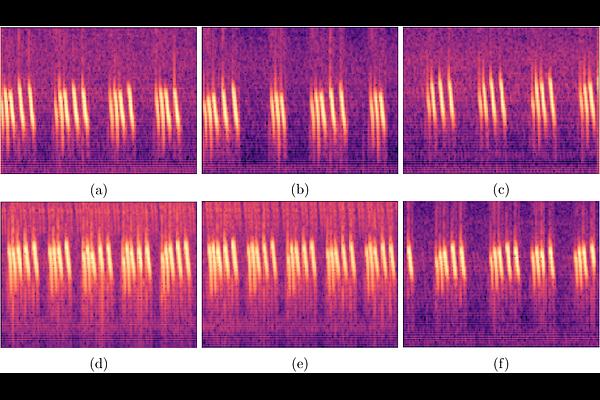Acoustic individual identification in a species of field cricket using deep learning

Acoustic individual identification in a species of field cricket using deep learning
Kabuga, E.; Nandi, D.; Burrell, S.; Dlamini, G.; Balakrishnan, R.; Bah, B.; Durbach, I.
AbstractIndividual animal identification is essential for wildlife conservation and management, helping to estimate animal abundance and related parameters. We assessed the feasibility of identifying individual field crickets (Plebeiogryllus guttiventris) from their calls using deep learning. In a closed population of known individuals, the best models recognized crickets with up to 99.9% accuracy when trained and tested on calls from the same night, and 63.2% when tested on calls from nights not used in training. When matching pairs of calls, without knowledge of all individuals in the population, models identified pairs of calls from the same night with 97% accuracy, falling to 87.1% if calls were from different nights. Accuracy remained high when tested on individuals not observed during training (within night: 94.1%; across nights 78.8%). Pooling training data across multiple nights improved test accuracy for all models. Deep learning outperformed random forests, particularly on harder tasks, although both were able to discriminate individuals. Analysis of temperature effects on cricket calling behavior showed that higher temperatures were associated with shorter chirp durations and higher carrier frequencies. However, adjusting spectrograms for chirp duration alone, or for both duration and frequency, did not improve performance. The results are the first to demonstrate AIID using wild recordings of an insect species, and further highlight the potential of deep learning-based AIID for non-invasive monitoring of animal populations.